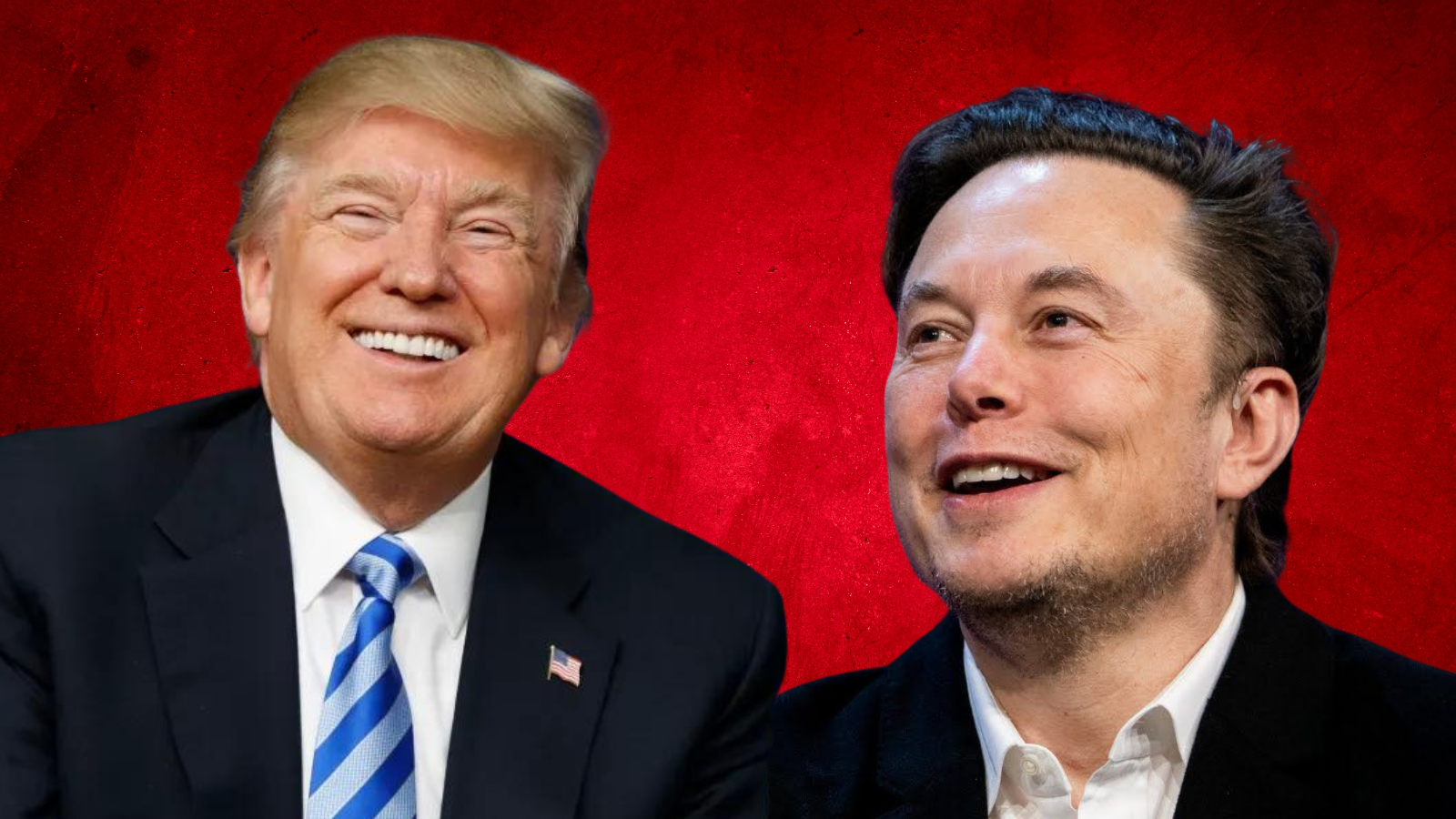While much of the attention in D.C. lately has been on the Senate confirmation hearings for President Donald Trump’s nominees, one pick who didn’t require approval by senators was busy getting down to the business of cutting federal costs.
Elon Musk, appointed by Trump to lead the Department of Government Efficiency, has set a high goal for slashing the nation’s debt and deficit by cutting out redundancies and inefficiencies across the board.
This week, he offered some additional details about the fledgling plan, including his ultimate goal to cut an average of $4 billion per day ahead of the fiscal year 2026 budget. Doing so, he explained, would put DOGE on course to cut the deficit in half, from about $2 trillion to $1 trillion.
I am cautiously optimistic that we will reach the $4B/day FY2026 reduction this weekend https://t.co/XQBK3rqkwo
— Elon Musk (@elonmusk) February 1, 2025
As Yahoo! Finance reported, Musk is recruiting a number of fellow Big Tech visionaries to help achieve the goal:
Elon Musk is taking on a new challenge, this time the U.S. federal budget. His goal? To cut $2 trillion from the $7 trillion annual budget by 2026. To achieve this, he’s launched the Department of Government Efficiency or DOGE. This is a team of tech leaders and innovators tasked with identifying waste and inefficiencies in government spending.
The team behind DOGE includes some big names from the tech world. Marc Andreessen, Joe Lonsdale, Antonio Gracias, Steve Davis and Travis Kalanick – names synonymous with Silicon Valley success – are all on board.
The group was put together with the help of entrepreneur Vivek Ramaswamy. But there’s a catch: none of these tech titans have any government experience, and critics are already questioning whether their business-first mindset can handle the complexities of the federal bureaucracy.
According to The Washington Post, the focus will be on cutting redundancies, using AI to automate processes and reviewing federal contracts to eliminate wasteful spending. Musk has acknowledged that achieving the full $2 trillion reduction is ambitious.
Musk’s recent social media statements on the matter have attracted considerable attention:
Reducing the federal deficit from $2T to $1T in FY2026 requires cutting an average of ~$4B/day in projected 2026 spending from now to Sept 30.
That would still result in a ~$1T deficit, but economic growth should be able to match that number, which would mean no inflation in…
— Elon Musk (@elonmusk) January 31, 2025
Deleted https://t.co/KlA2fW0oyY
— Elon Musk (@elonmusk) February 1, 2025
DOGE has now saved taxpayers over $1 billion in crazy DEI contracts https://t.co/P81LgRKeOV
— Elon Musk (@elonmusk) January 31, 2025
Musk himself has acknowledged that there are a lot of variables at play, so he has been careful to manage expectations along the way.
As the New York Post reported last month:
Musk, 53, explained that the $2 trillion goal he floated on the campaign trail was merely the “best-case outcome” and admitted that he believes there may only be a “good shot” at achieving just half of that.
“I think we’ll try for $2 trillion, I think that’s like the best-case outcome,” Musk told Stagwell CEO Mark Penn during an X Spaces conversation. “If you try for $2 trillion you have a good shot at getting $1 [trillion].
“If we can drop the budget deficit from $2 trillion to $1 trillion and free up the economy to have additional growth, such that the output of goods and services keeps pace with the increase in the money supply, then there will be no inflation,” he added.
“So that, I think, would be an epic outcome.”
In the following clip, Musk provides additional thoughts about his deficit-cutting strategy:



Join the conversation!
Please share your thoughts about this article below. We value your opinions, and would love to see you add to the discussion!